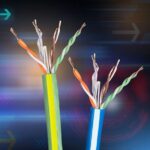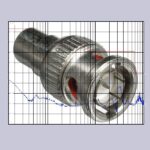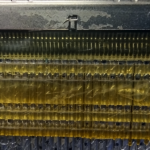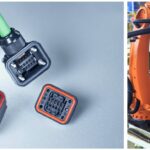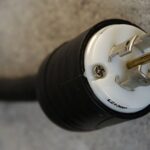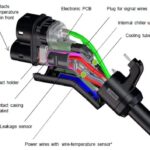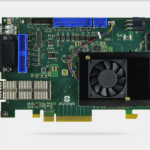Understanding impedance in twisted-pair cables help you avoid signal problems.
FAQ
The connector is often the EMI problem
It only takes 3µA of current to fail an EMC test, and a connector can produce that much.
Wire and fiber optic geometries offer high-speed cable transmission options
The latest high-speed transmission cables are benefitting from the use of optic-fiber and copper wire options, which are offering unique form factors and customizable solutions. Typically, data-transmission copper wire and optical-fiber conductors are round or cylindrical. The addition of silver plating on the copper conductor facilitates the high-frequency electrical transmission path. Fiber conductors are foundry […]
Four types of connectors for robots and drones
Many power and signal connectors are used in robot and drone sub-systems, such as sensors, motion, high-speed wired and wireless communications, and more. As industry 4.0 continues to unfold, more robots and more types of robots are being found in factories, warehouses, and other facilities to increase quality and efficiencies and reduce costs. Robots and […]
What are 1-phase and 3-phase AC power connectors & standards?
Power connectors are primarily designed to ensure a safe and reliable connection of devices to AC mains power, although they are generally specified for AC and DC voltages. AC receptacles and plugs come in various configurations with different blade widths, shapes, positions, and dimensions, designed to make them safe to use and non-interchangeable with different […]
Six key considerations when selecting and integrating GHz connectors into 5G applications
Connectors are essential components in radio frequency (RF) systems, especially in high-frequency applications like Gigahertz (GHz) 5G devices. Designers have a broad range of connectors to choose from, but there are a few key parameters to consider when narrowing down the choices. Six keys to selecting and integrating GHz connectors include physical size, frequency range […]
Why and how are medical connectors and standards different?
Medical connectors are different because medical applications are different. Medical systems require high reliability like industrial systems, but they have unique challenges where failure or unreliable operation can be life-threatening. A few examples include: Materials qualified for medical connectors are often specified to prevent bacteria growth and ensure that the connection system withstands sterilization or […]
What’s the status of EV charging connector standards?
Connectors for electric vehicle (EV) charging are both standardized and changing. On one level, EV charging connectors are standardized based on today’s technology limitations. There are standards in major regional markets, including North America, Japan, the European Union, and China. But current charging technologies are power limited. This FAQ begins with a review of EV […]
How the digital-interface standards for cables and connectors are changing
CoaXPress (CXP) is a popular, digital-interface standard developed for high-speed transmission of data, videos, and still images. This interface was introduced in 2008 and has been used in industrial automation for years, with advanced machine vision and robotics applications following suit. It has been driven by reliability and simplicity, which includes its cables and connectors. […]
How system fabric I/O interface cables and connectors are evolving
Newer fabric network input/output (I/O) cables and connectors support higher speeds, reduce latency, and support the latest interfaces — including the IEEE-802.3df Ethernet 200G per-lane specification project and modified versions, such as the RoCE and iWARP Ethernet. Other new cable and connector developments are working to include standard InfiniBand XDR 200G and modified versions, such […]

